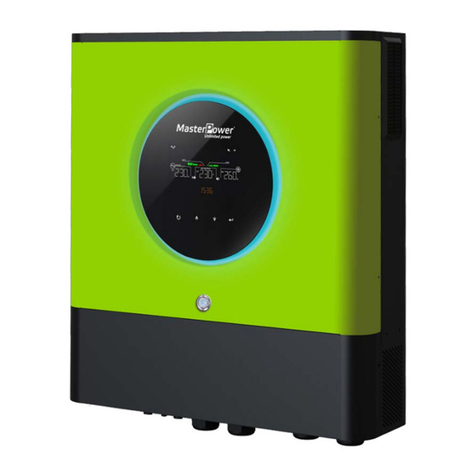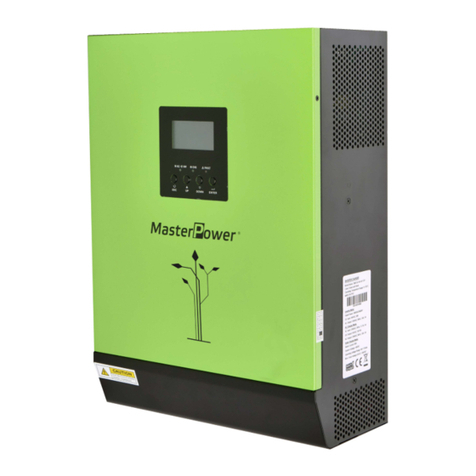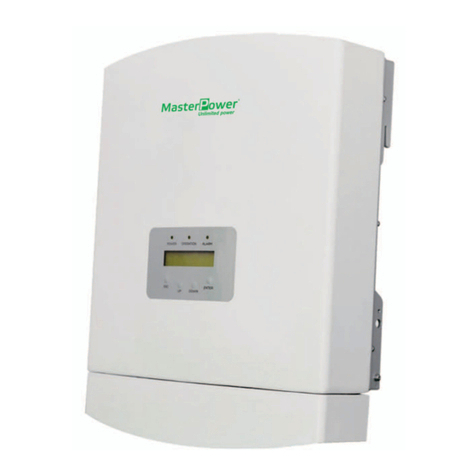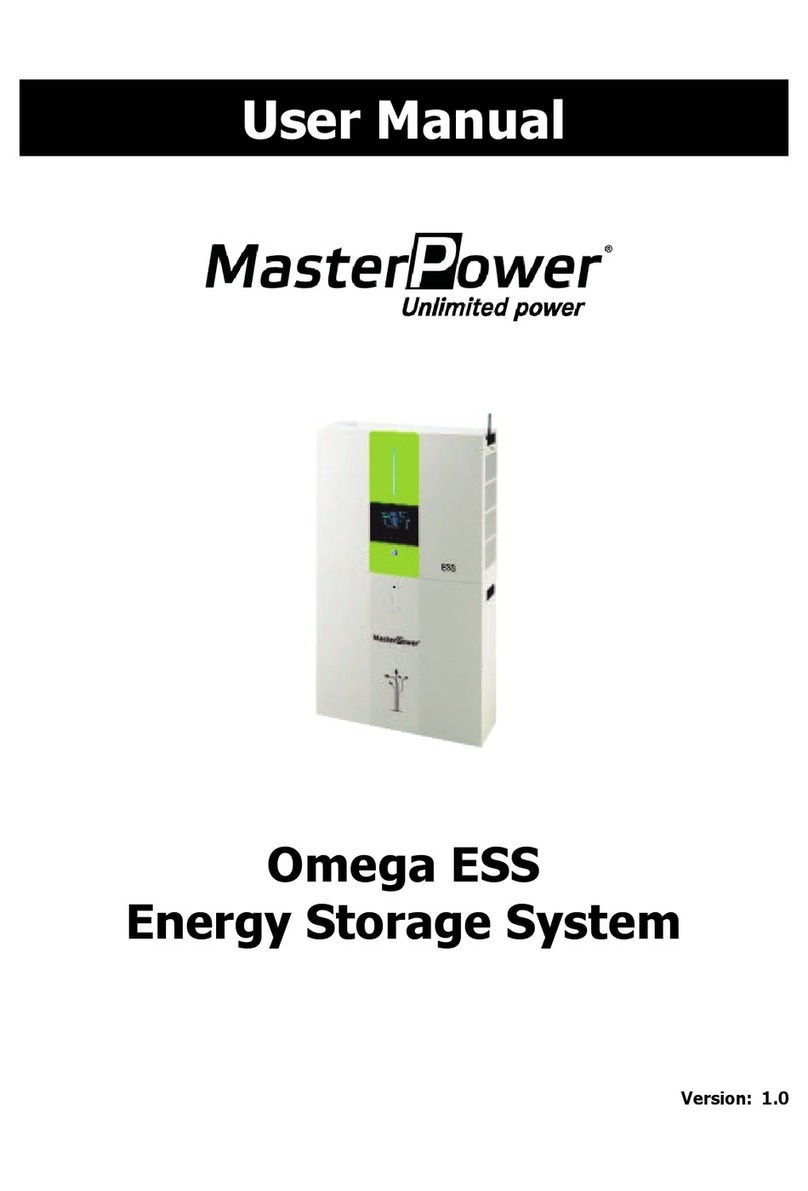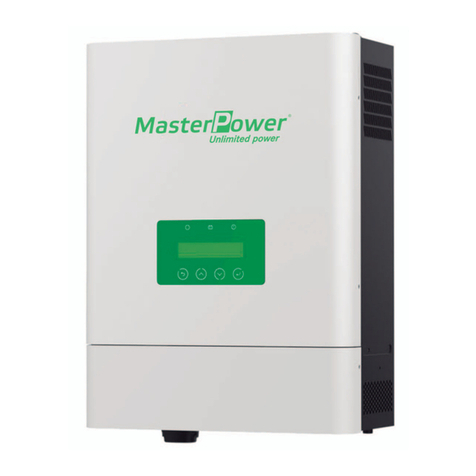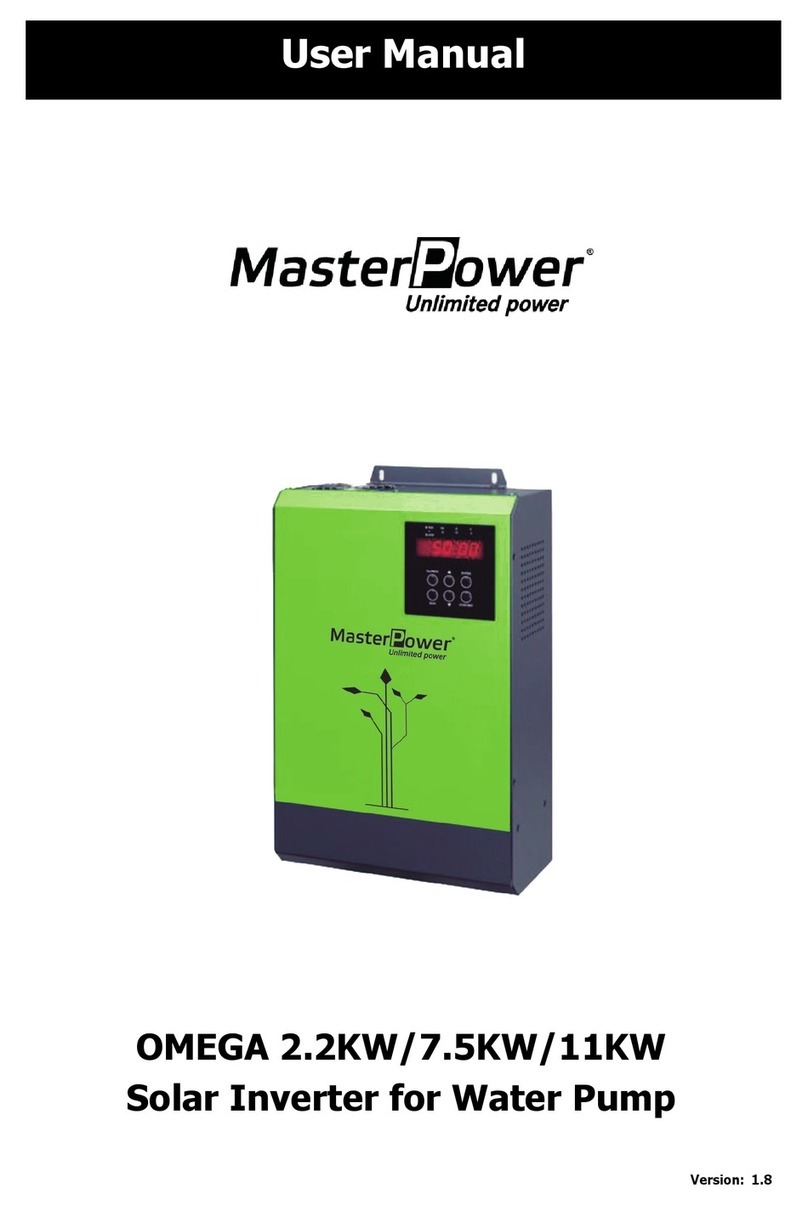
Table Of Contents
ABOUT THIS MANUAL ......................................................................................................................................1
Purpose............................................................................................................................................................1
Scope...............................................................................................................................................................1
SAFETY INSTRUCTIONS...................................................................................................................................1
Inspection.........................................................................................................................................................1
Installation........................................................................................................................................................1
Operation .........................................................................................................................................................2
Maintenance ....................................................................................................................................................2
INTRODUCTION.................................................................................................................................................3
Features...........................................................................................................................................................3
Basic System Architecture...............................................................................................................................3
Product Overview.............................................................................................................................................4
INSTALLATION...................................................................................................................................................5
Unpacking and Inspection................................................................................................................................5
Preparation ......................................................................................................................................................5
Mounting the Unit.............................................................................................................................................5
PV Connection.................................................................................................................................................6
AC Input Connection........................................................................................................................................7
AC Output (Motor) Connection ........................................................................................................................8
Final Assembly.................................................................................................................................................9
Remote Communication Connection.............................................................................................................10
Control Signal Connection (Optional) ............................................................................................................10
COMMISSIONING.............................................................................................................................................11
OPERATION......................................................................................................................................................12
Power ON/OFF ..............................................................................................................................................12
Operation and Display Panel.........................................................................................................................12
Parameter Setting..........................................................................................................................................13
Fault and Warning Code .................................................................................................................................18
Fault Reference Code....................................................................................................................................18
Warning Reference Codes.............................................................................................................................19
SPECIFICATIONS.............................................................................................................................................20
